I started playing games on the Commodore 64. I found my love of games on this old microcomputer. Not just for playing them, but making them as well. One of my favourite games from that was Wizball, a side scrolling shooter that was way ahead of its time.
1
When you played games on the Commodore 64 it was an investment. Waiting 30 minutes through flashing screens while the machine slowly loaded data from a cassette tape. Eventually you would be hit with a title screen and you could finally start playing the game, be it Paperboy, Jet Set Willy, or one of the numerous titles that were released for the machine. Of course, if you switch off the computer and wanted to play the game again, you would also need to rewind the tape first.
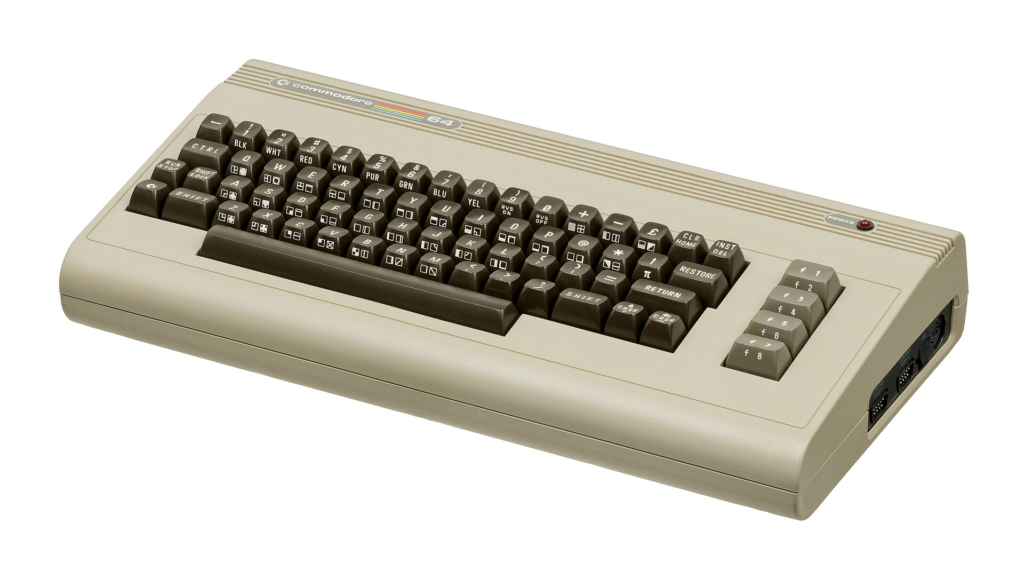
Later we would get a 1541 disk drive, which allows you to load data from 5.1″ floppy disks instead of cassette tapes. These games would load fast. We had a bunch of floppy disks, each with multiple games on them. Using the archaic command LOAD "$", 8 you could view a list of files on each disk. I discovered Monty on the Run, early Robocop games, and Wizball this way.
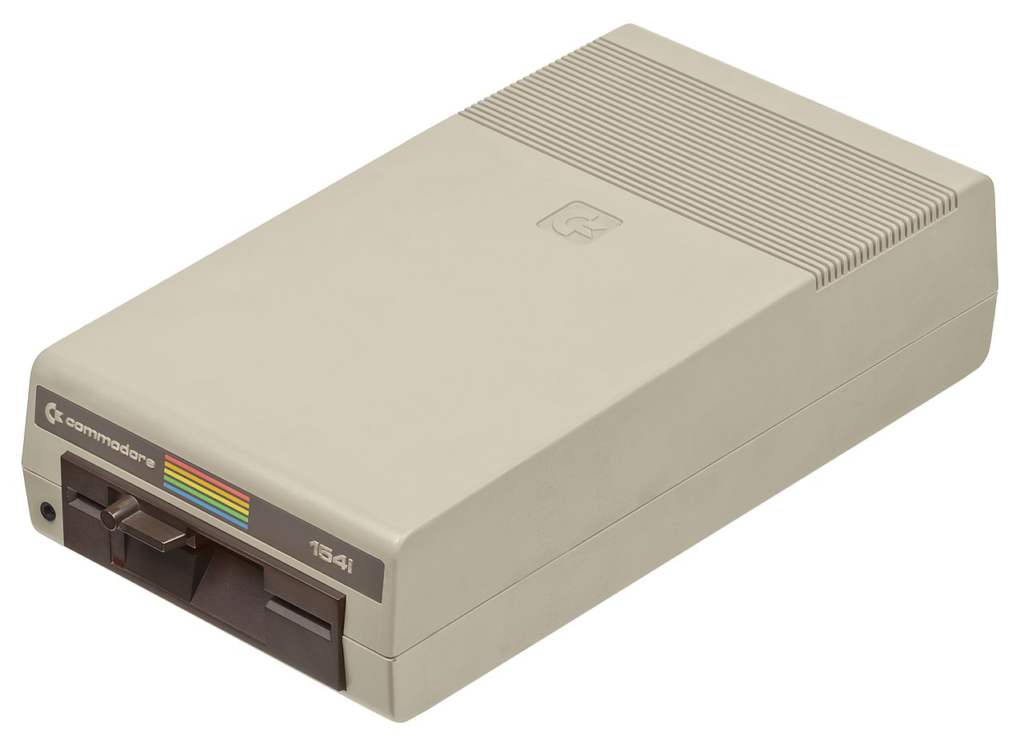
As a footnote, the Commodore 64 also had a cartridge slot that could be used to load games. This would cause the machine to boot into the game as soon as it was switched on, and allowed developers to include extra hardware to run their game. It was a precursor to cartridge-based consoles like the NES, or the Megadrive.
2
Wizball is a side-scrolling shooter released in May of 1987. In it you play the titular Wizball bouncing up and down, shooting enemies as you went. Sometimes when enemies died they would leave behind a pearl that you could pick up. I would obsessively play this game when I was a kid, bouncing back and forth, killing enemies.
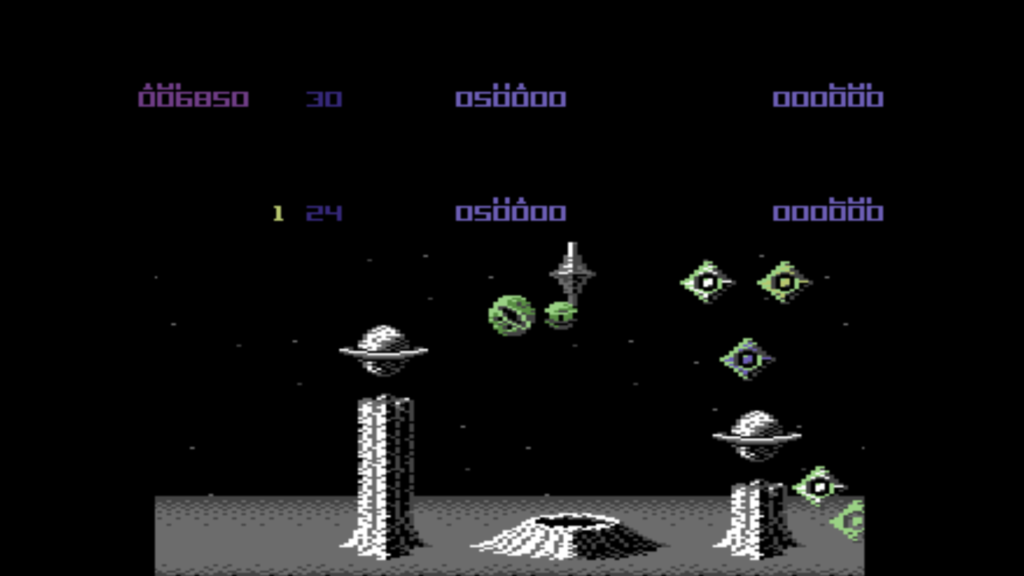
It took my young brain a while to notice the “wiztips”. After I read through them I learned how to actually play this game. It turns out to have more depth than I realised. The pearls can be used to gain upgrades. Upgrades include thrust and anti-grav which allow you to move left and right in mid-air, and to ignore gravity. These two are the most important as they allow you to move freely throughout the level.
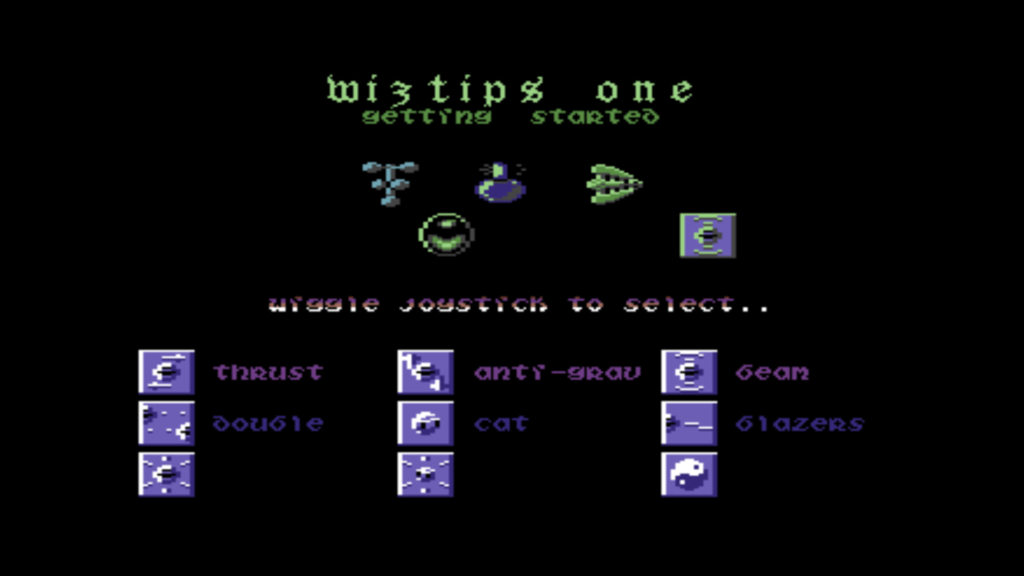
The Commodore 64 had a simple joystick for controlling games. Unlike modern controllers, the controllers at the time had one button, and four directions. So Wizball needs to be a bit creative with it’s controls. Upgrades get selected when you collect a pearl. The more pearls you collect, the further along in the upgrade selection you get. Once the upgrade you want is highlighted, you quickly waggle the joystick from left to right and the upgrade is selected.
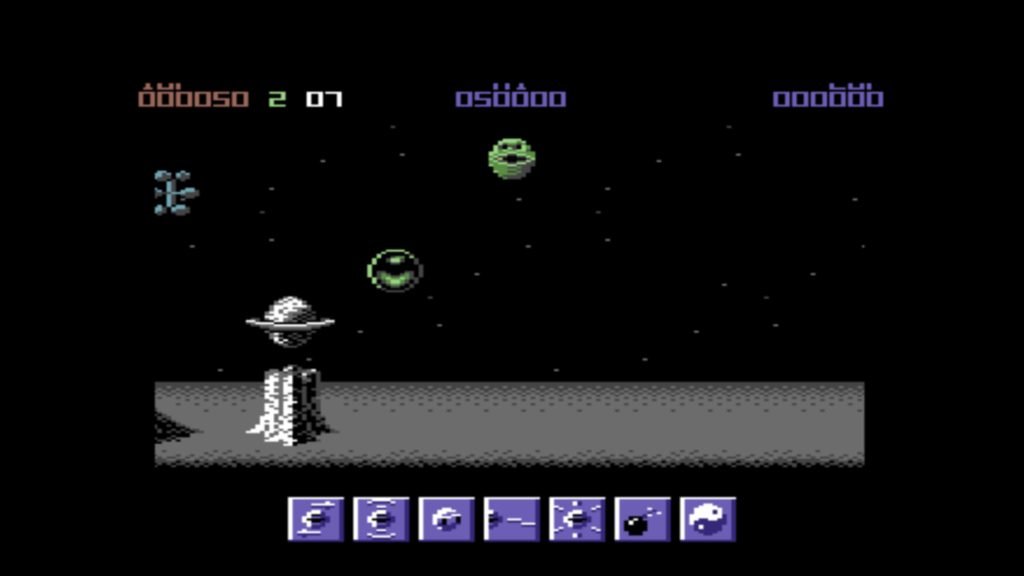
Another upgrade is the catellite, which gives the Wizball a cat called Nifta. Nifta not only provides extra firepower, but also the ability to collect drops of paint after killing certain enemies. By holding the fire button down, Wizball continues to shoot, and you now control Nifta as it moves around the screen. If it catches the paint drops as they fall, you gain some paint of that colour.
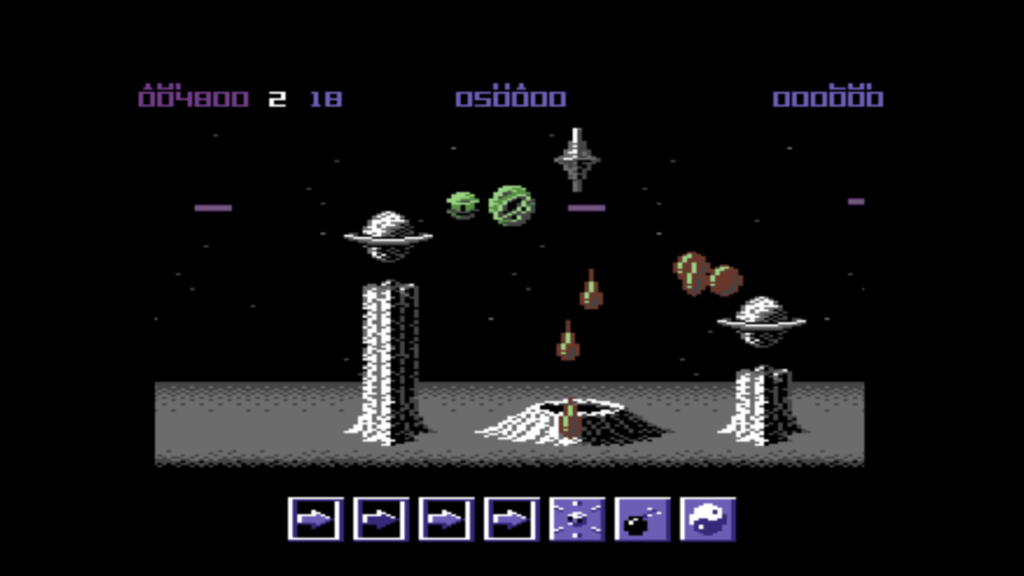
In two player version of the game, the second player can control Nifty while the main player controls Wiz. This was well before Sonic the Hedgehog 2 where a second player could control Tails.
Sometimes a paint drop of a different colour will appear. These can be good or bad, depending on the colour, ranging from total darkness, a diseased catellite, or extra lives.
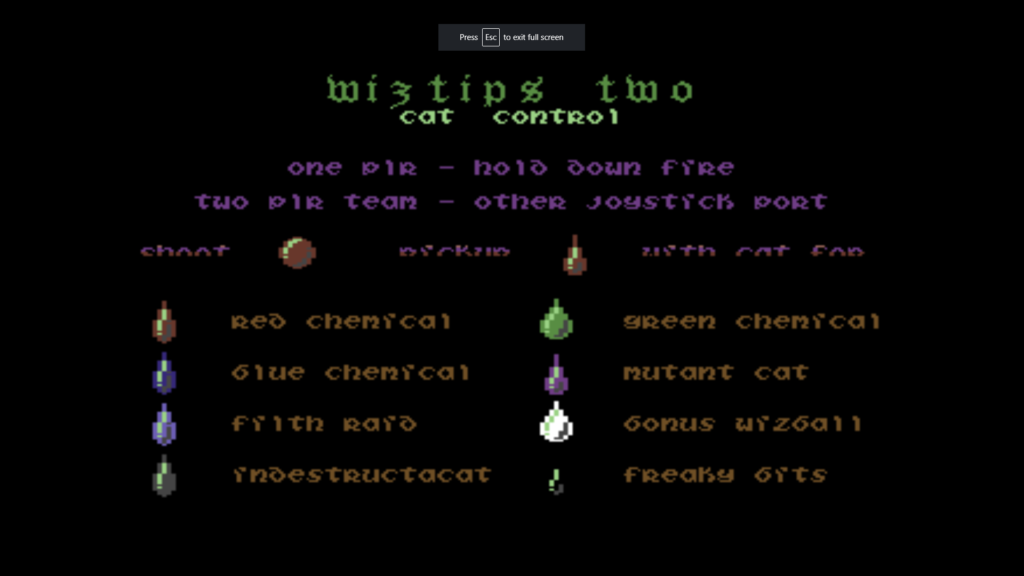
Collecting paint is the ultimate goal of the game. The evil wizard Zark has drained the world of its colour, and now Wiz and Nifta are on a quest to restore colour to the world with paint. Once a levels required colour fills up, you enter a bonus level where you can gain bonus points and extra lives. After this you select an upgrade to be permanent, meaning if you die you get that upgrade when you start your new life. Then you get to see the dull, grey level have an extra colour added to it.
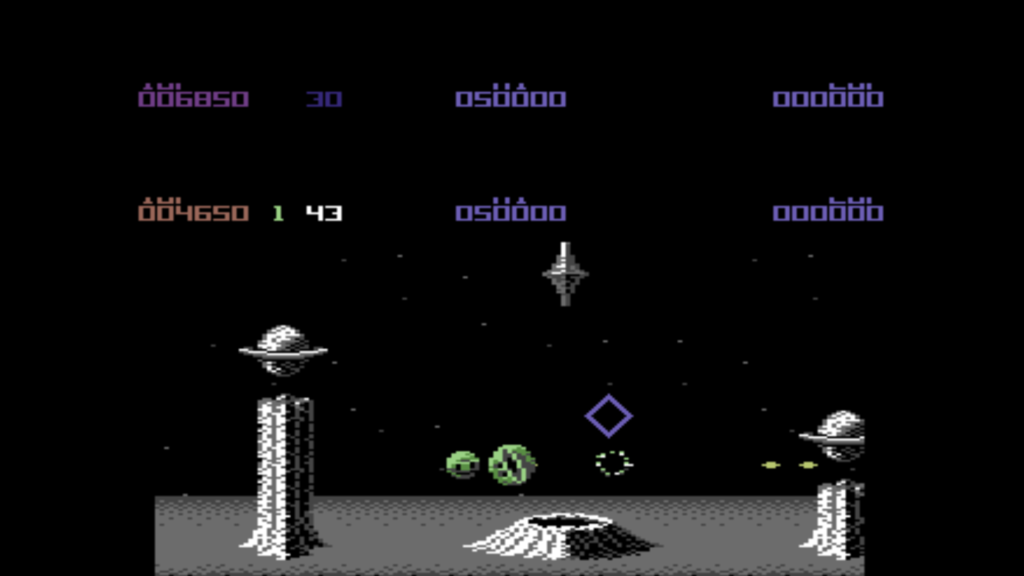
There are three levels that you can teleport between at any time. Each level has different colours of paint drops you can collect: red, green, or blue. As you progress, levels will require you to collect colours such as purple, meaning you need to combine paint from 2 or 3 different levels.
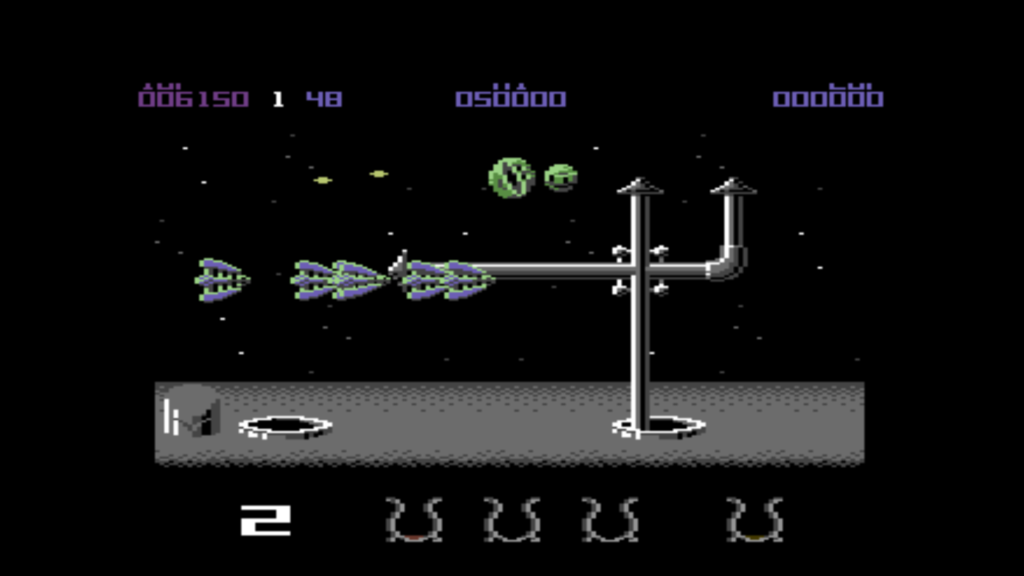
One part I remember really liking is when you lose your last life. The game plays a synthesised electric rock guitar riff, almost as if it is in celebration of your loss. Somehow this relieved my frustration at losing the game, and made me want to try again.
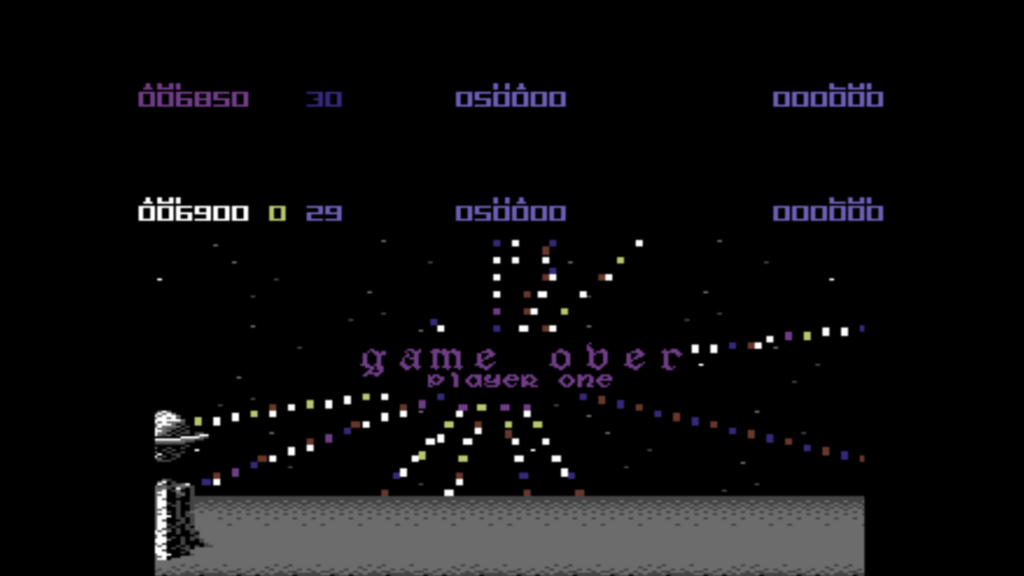
3
And that’s basically the game. For a game made in 1987 it has a lot of new (at the time) and creative ideas. These simple mechanics create a deeper experience than you would find in most games of the era, and it makes for a fun game to play. Of all the games I used to play back then, this is probably the only game I still play today.

You can still find it on many of the Commodore 64 emulators online if you want to give it a try. Alternatively, there was a remake of the game made in 2007 which you can download from the Internet Archive. It has improved graphics, better music, and some minor tweaks to make it a bit more playable. While it feels slightly different to play, it’s a great recreation and is just as much fun.

Just don’t play the Spectrum version. That version sucked.




